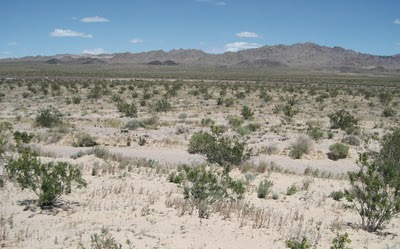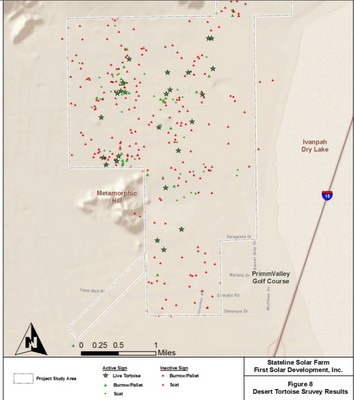Sierra Club Lawsuit Tossed Out by Court; Calico Site in Jeopardy

The California Supreme Court this month denied a petition by the Sierra Club that challenged the California Energy Commission's (CEC) inadequate environmental review for the Calico Solar power project. A similar legal challenge by California Unions for Reliable Energy (CURE) was also thrown out by the court. The Calico Solar power project was initially proposed by Tessera Solar LLC and approved by the CEC and Department of Interior last year. Tessera Solar has since sold the project rights to K Road Power (aka K Road Solar), which is proposing to modify the 7.2 square mile project to use more photovoltaic panels to supplement Tessera Solar's disastrous SunCatchers . One of many desert tortoises inhabiting the pristine desert where K Road Power plans to build a massive solar facility. Photo courtesy of Basin and Range Watch . The court decision is unwelcome news for concerned citizens who point to the Calico site's rich biodiversity and abundant desert tortoise p










